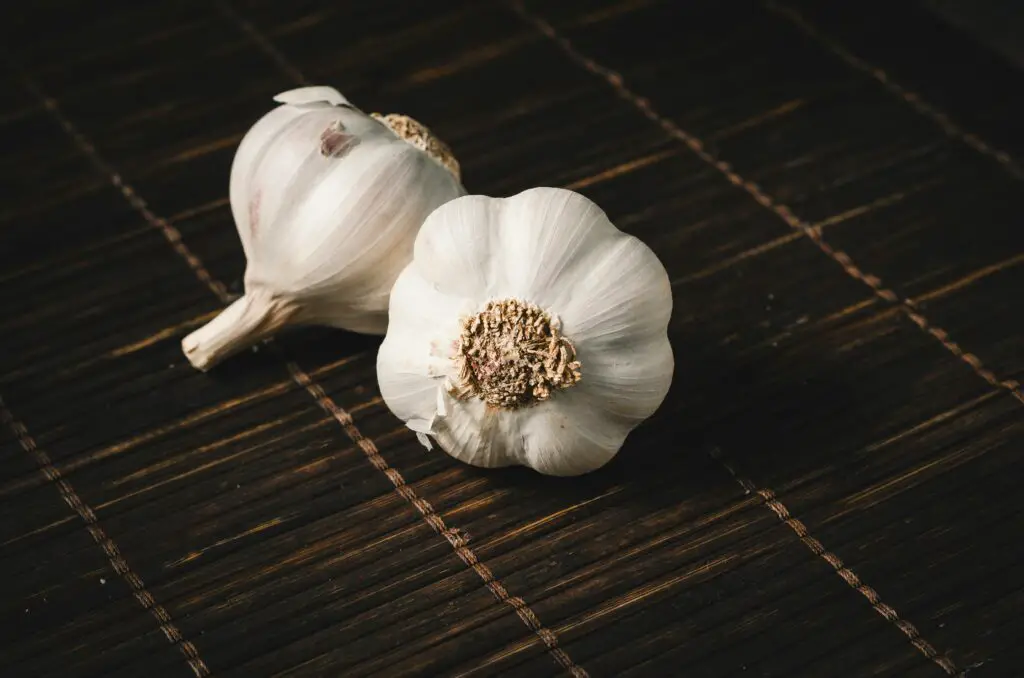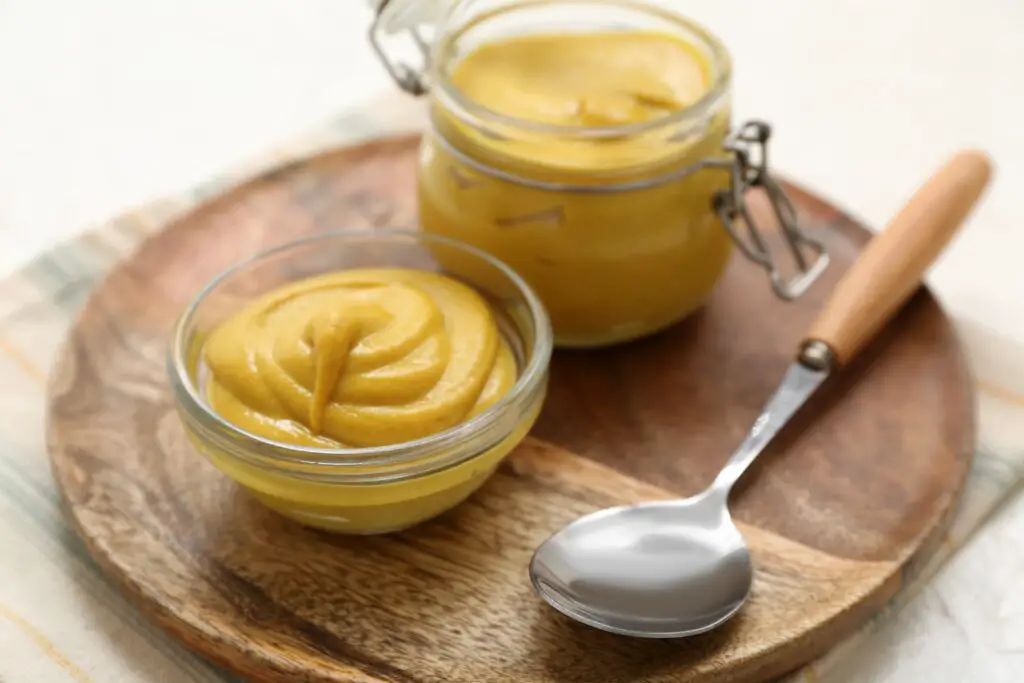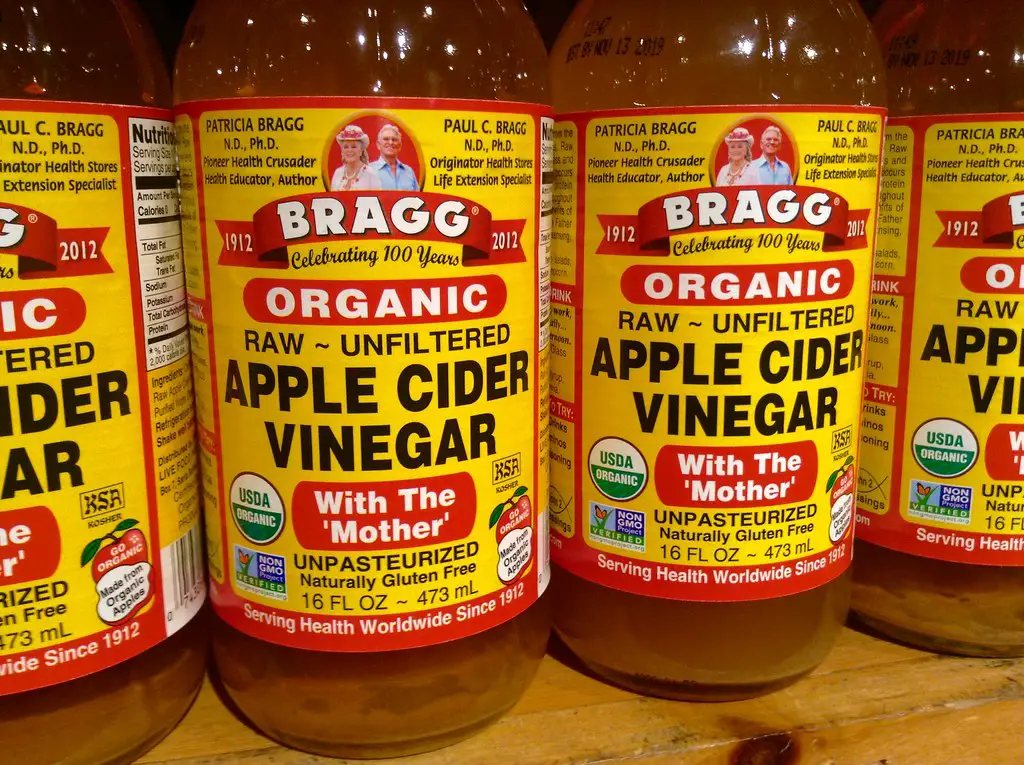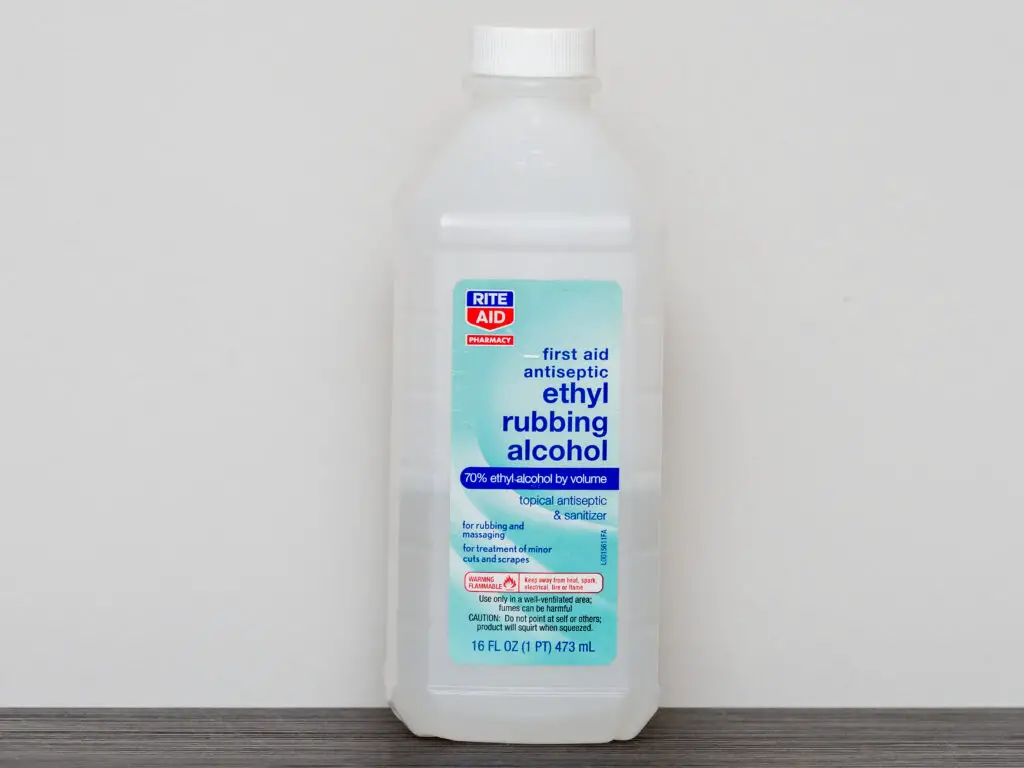1. Garlic for Ear Infections

If you’ve ever been told to place garlic in your ear to treat an infection, you might’ve brushed it off as a strange old wives’ tale. However, garlic has natural antibacterial and antifungal properties, which made it a popular remedy in past generations. People would slice a clove and wrap it in a bit of cloth to avoid direct contact, placing it near the ear or in the ear canal. The sulfur compounds found in garlic were thought to help fight off infections and soothe pain.
Today, this remedy sounds more like something from a medieval apothecary than a medical treatment. Modern medicine has proven more effective ways to treat ear infections, but this ancient solution persists as a quirky part of folk medicine. Whether it was the pungent scent or the thought of garlic in your ear, it’s safe to say this remedy is one that most would avoid today.
2. Whiskey for Teething Babies

Before the age of modern teething gels, some parents used to dip their baby’s pacifier in whiskey to help ease the pain of teething. The alcohol was believed to numb the gums, providing relief to fussy infants. This practice might sound like something out of a witch’s brew, but it was actually fairly common in past centuries.
It’s hard to imagine offering whiskey to a baby now, especially with the understanding of how alcohol affects the developing brain. Luckily, with the invention of safer teething rings and gels, this practice has long since faded away. Still, it’s a reminder of just how unconventional home remedies used to be.
3. Mustard Plasters for Chest Colds

When a cold was creeping in, some households would make a mustard plaster to place on the chest, hoping to ward off sickness. This involved mixing mustard powder with flour and water to create a paste, which was then slathered on a cloth and pressed onto the chest. The heat and pungent odor of mustard was believed to draw out the cold and relieve chest congestion.
While mustard contains compounds that can have a warming effect, the practice of placing a hot, spicy paste on your skin for a cold seems more like medieval magic than modern-day health advice. Today, most people would opt for a warm bath or steam treatment rather than a hot mustard pack. Still, this remedy was once a go-to for families trying to keep their health in check.
4. Vinegar for Sunburn Relief

Vinegar has always had a multitude of uses, but one of the more curious applications in the past was as a treatment for sunburn. People would soak a cloth in vinegar and gently apply it to their sunburned skin, believing it would help cool and heal the burn. This sounds like something straight out of a witch’s book of potions, but vinegar was a household staple for countless uses, including this one.
Today, we know that aloe vera and sunscreen are much more effective, but vinegar’s acidic properties can be quite harsh on sensitive skin. Still, in the past, it was a go-to remedy for relieving the sting of a sunburn. Its inclusion in old remedy books reflects how resourceful people were with what they had on hand.
5. Rubbing Alcohol for Warts

In the past, rubbing alcohol wasn’t just for cleaning wounds—it was also used to remove warts. People would apply the alcohol directly to the wart several times a day, hoping it would dry it out and make it fall off. The method might sound magical now, but it was a common treatment in the days before modern dermatology.
While alcohol can dry out the skin, it’s not a surefire way to remove warts, and there are now far more effective methods. Today, you’re more likely to find wart removal creams or cryotherapy than a bottle of rubbing alcohol. It’s another example of how inventive, if not quite scientifically sound, home remedies could be.
6. Cabbage Leaves for Sore Breasts

In the past, women experiencing sore, swollen breasts—whether due to breastfeeding or hormonal changes—might turn to cabbage leaves for relief. The leaves were placed inside the bra, and their cooling effect was thought to reduce swelling and ease pain. Some believed the cabbage had magical properties, while others swore by it as a natural solution.
Though today’s breastfeeding advice focuses on proper latching and other medical interventions, the cabbage leaf remedy has been passed down through generations. The cooling sensation of the cabbage does provide temporary relief, but it’s far from a scientifically-backed treatment. It remains a quirky, natural remedy in a world full of modern solutions.
